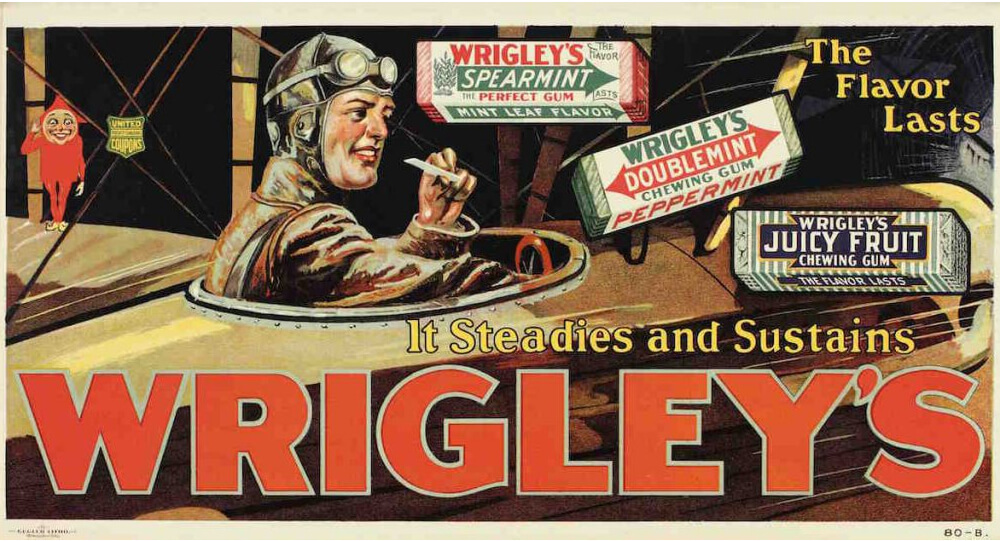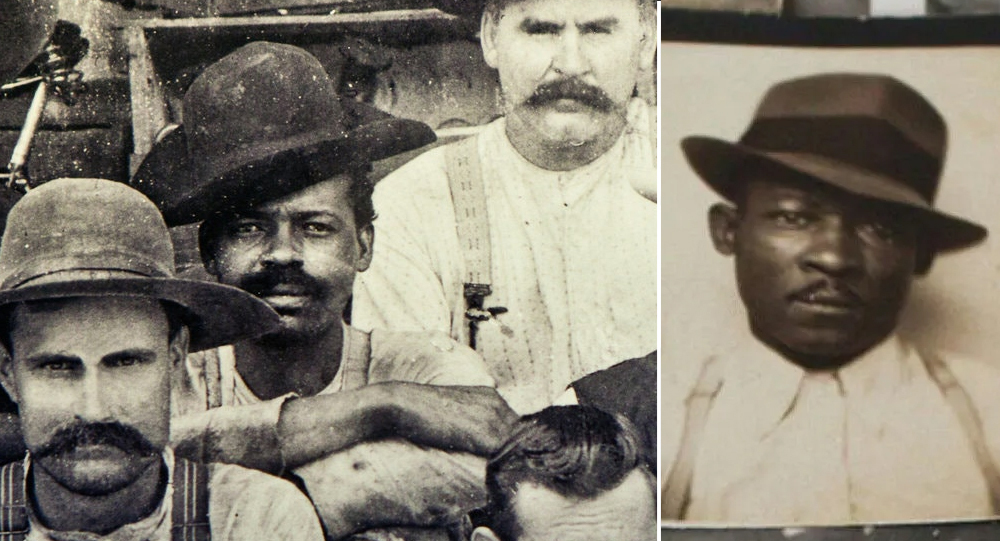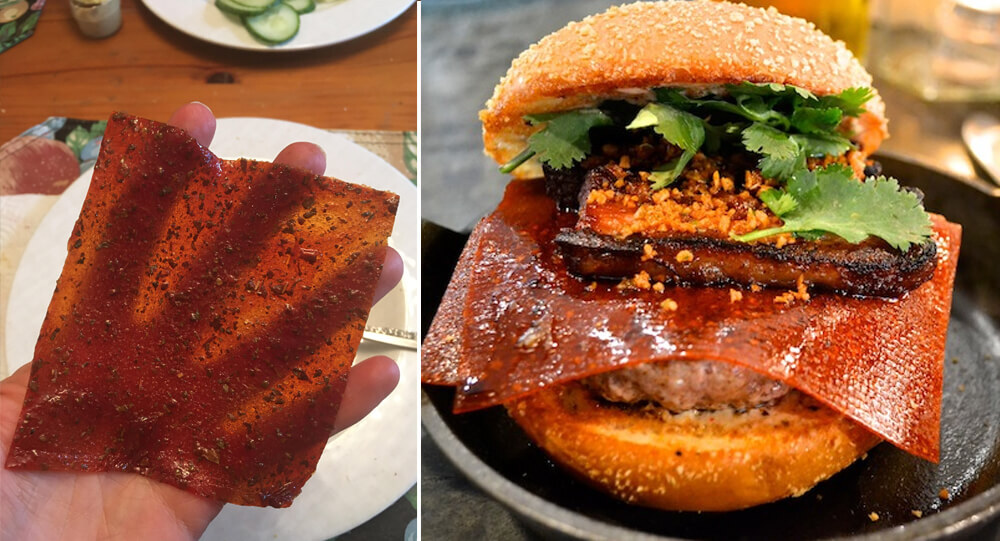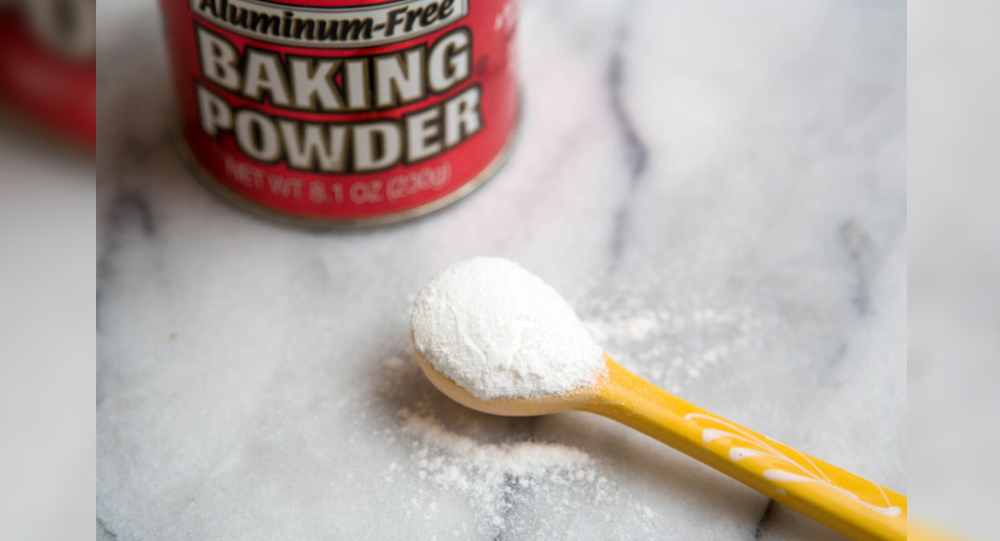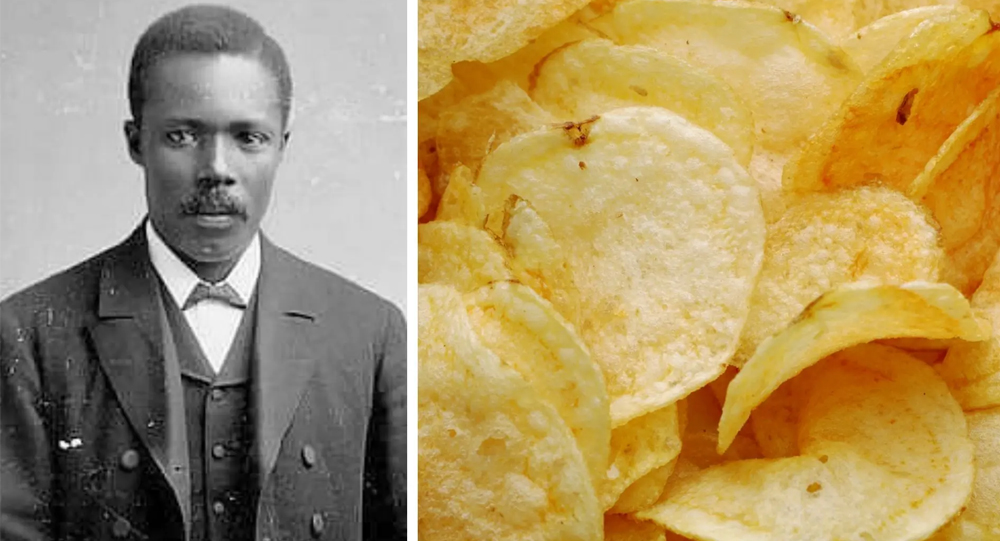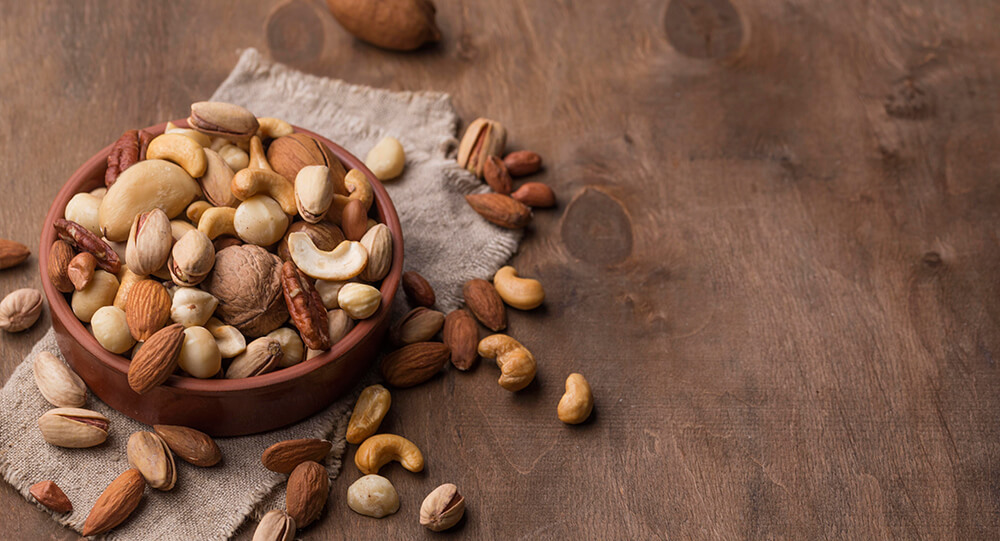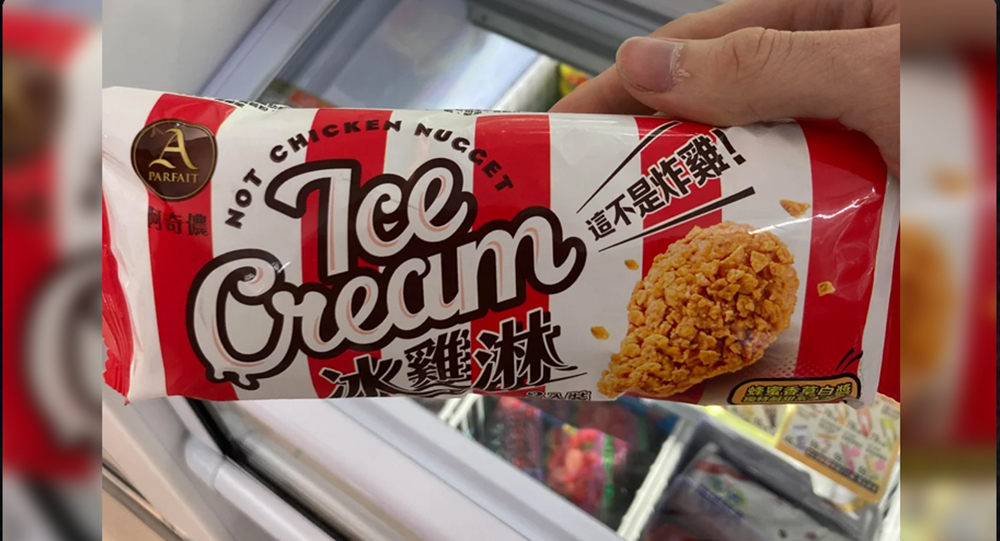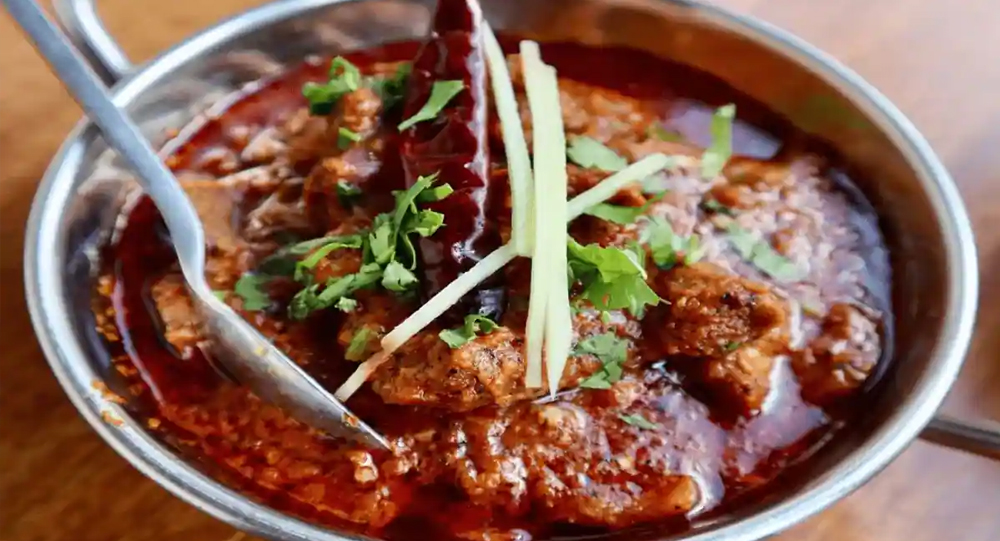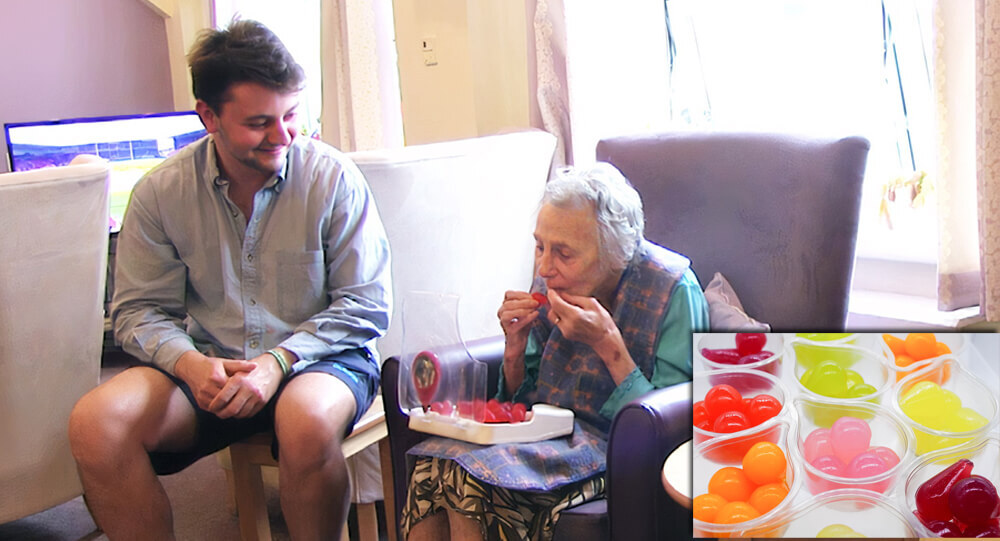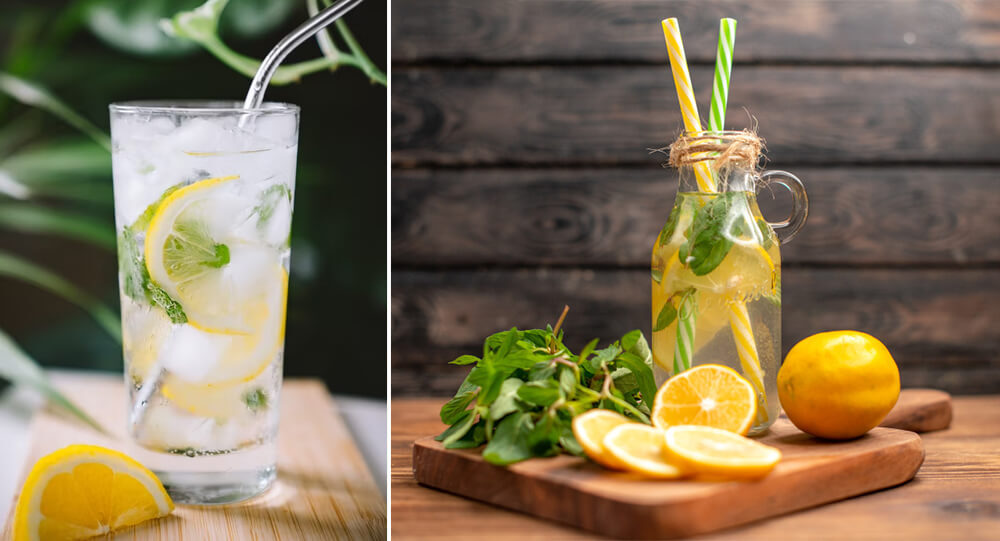
If passing a kidney stone counts as one of life’s “lemons,” as the saying goes, “when life gives you lemons, make lemonade,” did you know that drinking lemonade has been shown to prevent kidney stones?
Dr. Roger L. Sur, director of the UC San Diego Comprehensive Kidney Stone Center, lists five ways to prevent kidney stones, one of which is drinking lemonade. Additionally, you can consume lots of fluids while lowering your sodium, calcium, and protein intake.
Of all citrus fruits, lemons have the highest concentration of citrate, a substance that naturally prevents kidney stones from forming. In a recent study by Sur, it was discovered that lemonade therapy, which involves consuming four ounces of freshly squeezed lemon juice mixed with two liters of water every day, reduces the rate of stone formation from 1 to 0.13 stones per patient.
Other fruit juices contain oxalate, one of the main ingredients in kidney stones, have less citrate, and are frequently calcium-supplemented. In actuality, calcium stones, which are primarily made of calcium oxalate, are the most typical type of kidney stones. According to Sur, consuming less salt prevents the formation of calcium stones because eating too much salt stimulates the excretion of calcium in the urine.
Some people won’t even be aware that they have a small kidney stone until it passes through the kidney and lodges in the ureter, where it causes excruciating pain.
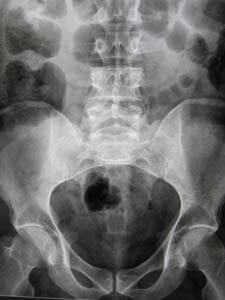
“Back and abdominal pain, blood in the urine, and nausea or vomiting are the three classic symptoms of kidney stones,” said Sur. “You don’t have to have all three, but any of them will come on quickly and be hard to ignore. When you have extreme pain, you should see your doctor or go to an emergency room right away, especially if a fever is present. The presence of fever indicates that you may have an infection in your bloodstream which can be life-threatening.”
Urinary excretion of uric acid, a waste product, results in the formation of another type of stone known as a uric acid stone. This forms the nidus, or beginning, of a kidney stone when it crystallizes in the urine; the stone may eventually become larger. A diet rich in proteins may result in uric acid stones.
Struvite, or infection stones, account for 5% of all kidney stones and typically occur with kidney or urinary tract infections. Due to their size and resemblance to a deer’s antlers, they are frequently referred to as “staghorn stones.”
Less than 1% of kidney stones are cystine stones, which are more common in families where there is an inherited disorder that causes an overabundance of the chemical cystine in the urine.
You should create a prevention strategy with your urologist if you have previously experienced multiple kidney stones or if you currently have any small stones.
“There is a 50 percent chance of getting another stone within five to ten years if you’ve already had one,” said Sur. “The UCSD Kidney Stone Center can determine the cause of a kidney stone 97 percent of the time through a combination of tests and scans. These provide us with the pertinent information we need in order to create an individualized prevention plan that incorporates dietary changes and the necessary follow-up.”
Surgery is occasionally necessary, even though medication therapy is typically the first line of treatment for kidney stones. Shock wave lithotripsy, percutaneous nephrolithotomy, and ureteroscopy with laser lithotripsy are just a few of the surgical options available.

What is the story behind Wrigley chewing gum?
Wrigley's was originally a soap company that gifted baking powder with their soap. The baking powder became more popular than the soap so they switched to selling baking powder with chewing gum as a gift. The gum became more popular than the baking powder so the company switched to selling gum.

Nearest Green, America's first known Black master distiller
Nathan "Nearest" Green was an African-American head stiller who is now more frequently referred to as a master distiller. He was renowned for imparting his distilling knowledge to Jack Daniel, the creator of Jack Daniel's Tennessee whiskey distiller, after Jack Daniel was freed from slavery following the American Civil War.

Ketchup Leather, the solution to soggy burgers
This is ‘Ketchup Leather’, designed as a 'solution to soggy burgers’.

How Love Led to the Invention of Baking Powder in 1843
In 1843, English chemist Alfred Bird created baking powder, an invention born of love and necessity. His wife, Elizabeth, suffered from allergies to eggs and yeast, common ingredients in baking at the time. Determined to make delicious, yeast-free bread for her, Bird developed a chemical leavening agent that revolutionized baking forever. This article explores how love inspired innovation, explaining the science behind baking powder, its early history, and its profound impact on modern cooking.

The Surprising Story of How Potato Chips Were Accidentally Invented
In the summer of 1853, a customer’s relentless complaints about soggy French fries pushed chef George Crum to slice potatoes incredibly thin and fry them until they were crisp enough to annoy. Ironically, his prank backfired when the diner loved the crunchy new creation, unknowingly sparking the invention of the potato chip—a snack that would grow into a global culinary phenomenon worth billions today. This article delves into the origins of the potato chip, the man behind it, and the lasting impact on food culture worldwide.

Food for brain power
Paying attention to your diet can truly pay off, whether you want to optimize your nutrition during exam season or stay bright in your next business meeting. Although there is no specific 'brain food' that will prevent you from age-related illnesses like Alzheimer's or dementia, thinking about what you eat can help you acquire the nutrients you need for cognitive health and mood.

Japan’s Chicken-Flavored Ice Cream: The Bold Fusion of Sweet Vanilla and Real Grilled Chicken
A Japanese company once created chicken-flavored ice cream using real grilled chicken bits mixed into vanilla. It combined sweet and savory in a way few dared try, but it drew curiosity from foodies seeking extreme culinary experiences.

World’s Spiciest Foods: Dare to Try These Fiery Delights?
From blazing hot chili peppers to dishes that ignite your palate, the world’s spiciest foods challenge even the bravest eaters. Explore iconic fiery dishes, legendary chili varieties, and surprising facts about what makes these culinary infernos so irresistible—and so intense.

Grandson Invents Award-Winning Water Candy ‘Jelly Drops’ To Help Grandma With Dementia
A grandson invented an award winning Water Candy "Jelly Drops" to help Granda with Dementia. This Jelly Drop are 95% water, have extra electrolytes, sugar-free, and are popular among seniors, persons with Alzheimer's, and other people who have struggle staying hydrated.
